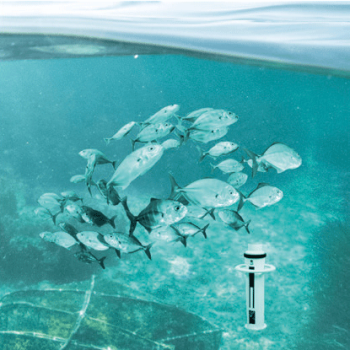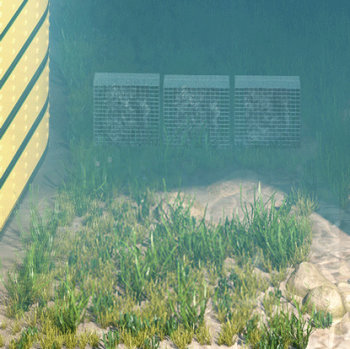HAREST
The HAREST (HAbitat REhabilitation STrategy) is designed to rehabilitate habitats impacted by coastal construction work for fish and invertebrate populations, by offering artificial habitat structures adapted to local environmental and ecological conditions. HAREST includes a combined visual and acoustic monitoring system to track the strategy efficiency through biodiversity indicators of colonization and repopulation.
The Habitat Rehabilitation Strategy (HAREST) will be designed to provide a tailored combination of habitats in order to:
- Rehabilitating degraded habitats and mitigating habitat loss related to construction work
- Enhancing local marine biodiversity
- Improving populations of marine organisms by providing suitable habitats for all life stages, especially vulnerable ones, thus increasing their chances of survival (e.g. larvae, juveniles, crustaceans mature individuals in moulting stages…)

